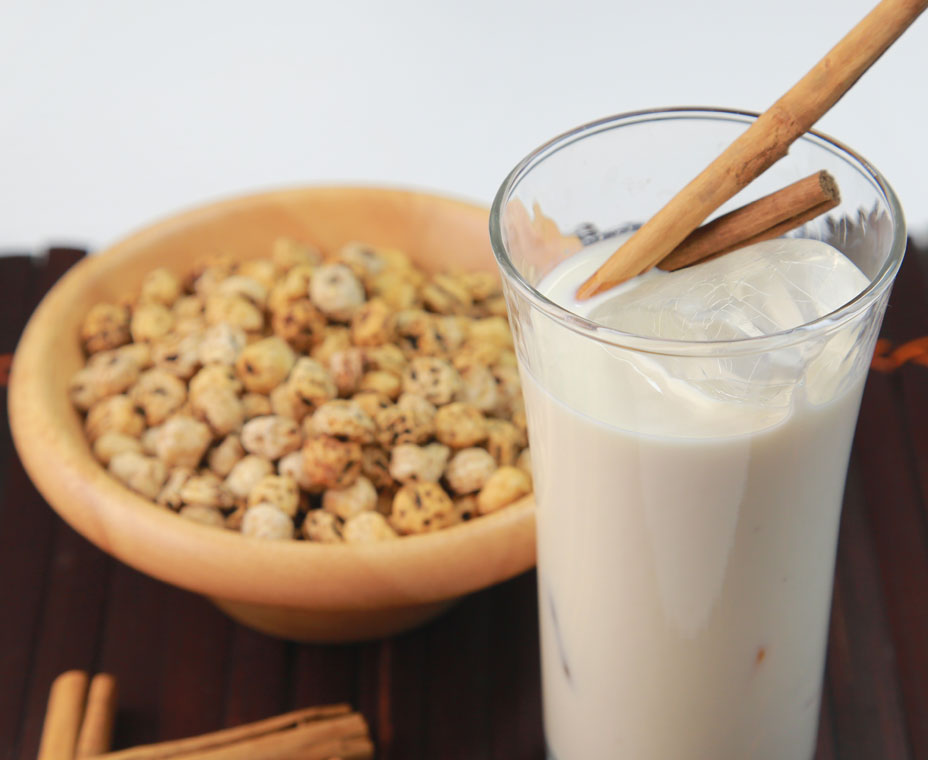Gather round, children, and I’ll tell you a strange and wondrous tale about a bygone period in our nation’s culinary history. It was the 1950s—a simpler, meat ’n’ potatoes era when American consumers were still amazed by the convenience and ease that mass-produced, processed foods brought to their lives. TV was still relatively new, and the TV dinner was newer still. Frozen foods were flourishing. Canned items were ubiquitous. And if your house had bread in it, there’s an excellent chance it was plain ol’ white bread made with enriched wheat flour that had been scrubbed of its fiber content—and much of its flavor.
In due course, grains came back in a big way. In 1964, a company called Food for Life began producing whole-grain breads, eventually branching out into multigrain varieties, as well as those containing ancient and/or sprouted grains.
Though it took a good while, by the end of the 1980s, consumers began to take seriously the experts’ suggestions that the grains in one’s diet should be mostly whole. Between 1989 and 1994, multigrain bread was among the U.S. bakery industry’s fastest-growing sub-segments. The term “ancient grains” appears to have surfaced about a decade ago, and by 2015, General Mills was producing a Cheerios variant replete with quinoa, spelt, kamut, and oats.
It’s a long way from white bread to ancient-grain Cheerios. But as Americans awoke to the nutritional value and great taste of various grains, many decided the blandness of products made with enriched flours wasn’t for them. Health and wellness considerations are part of what’s driving the grain-diversification trend, as are consumers’ rejection of gluten and their embrace of customization.
Today, the range of “modern” and ancient grains available to consumers in various forms is truly striking. Barley, buckwheat, farro, freekeh, rye, sorghum, amaranth, quinoa—each contributes unique flavors, textures, and nutritional profiles to whatever it’s used in. And while finding them in breads and baked goods isn’t too challenging, you may be surprised by some of the other applications in which these more unusual grains can feature prominently. They include:
Beverages
Latin American cultures have long looked to grains to create more interesting, texturally varied beverages. An atole is a blended hot drink made with toasted corn masa, water, unrefined cane sugar, cinnamon, vanilla, and, in some cases, chocolate or fruit. Cubans are fond of batido de trigo—a milkshake made from puffed wheat or other cooked grains. And horchatas, often made with rice, cinnamon, and vanilla, are becoming increasingly popular in the U.S. Grains not only impart texture, but they also contribute distinct, often nutty flavors to these beverages. It’s an application ripe for exploration.
Snacks
Sure, you’ve popped corn, or had it popped for you at the movies. But were you aware that grains such as amaranth—the calcium-, fiber-, and iron-rich grain favored by the Aztecs—and millet, traditionally consumed as a staple in Asia and parts of Africa, can also be given the pop treatment? It is so. Toasting and popping millet or amaranth leaves you with what appear to be tiny popcorn kernels that can be consumed on their own or used as an ingredient in all sorts of snacks.
Side dishes or starring attractions
The ever-popular Purple Pig restaurant on Chicago’s Magnificent Mile features puffed farro alongside its milk-braised pork shoulder. Holeman and Finch in Atlanta has devised an intriguing apple-cider and sorghum gelée to accompany its chicken liver paté, and a warm freekeh salad is a highlight of the menu at Millennium in Oakland, California. And while supporting roles suit these grains just fine, they’re also capable of holding their own at the center of the plate. Metta in Brooklyn serves a freekeh risotto, while Nine-Ten in La Jolla, California, boasts a “Farro Verde,” comprising asparagus, baby artichokes, carrots, pickled onions, and other veggies. Another establishment—Ava Gene’s in Portland, Oregon—is fond of using unusual grains to make noodles, as in the case of its buckwheat orecchiette with clams and its rye spaghetti with ramps. These sorts of creative applications are a testament to the versatility of many of the grains we’re discussing.
Desserts and baked goods
From doughnuts and croissants to pizza crusts and flatbreads, using ancient grains or other nonstandard offerings in place of basic white or whole-wheat flours lends just a soupçon of intrigue and, in many cases, some added nutrition to an otherwise standard dessert. For proof, look to Los Angeles’s Sqirl, which serves a buckwheat and cactus-flour pancake with a cocoa-nibs pudding, toasted coconut, and fruit. This sort of treat can ease some of the guilt of indulgence and liven up standard-issue dessert offerings.
This story originally appeared in QSR’s July 2017 issue with the title “Going with the Grain.”












